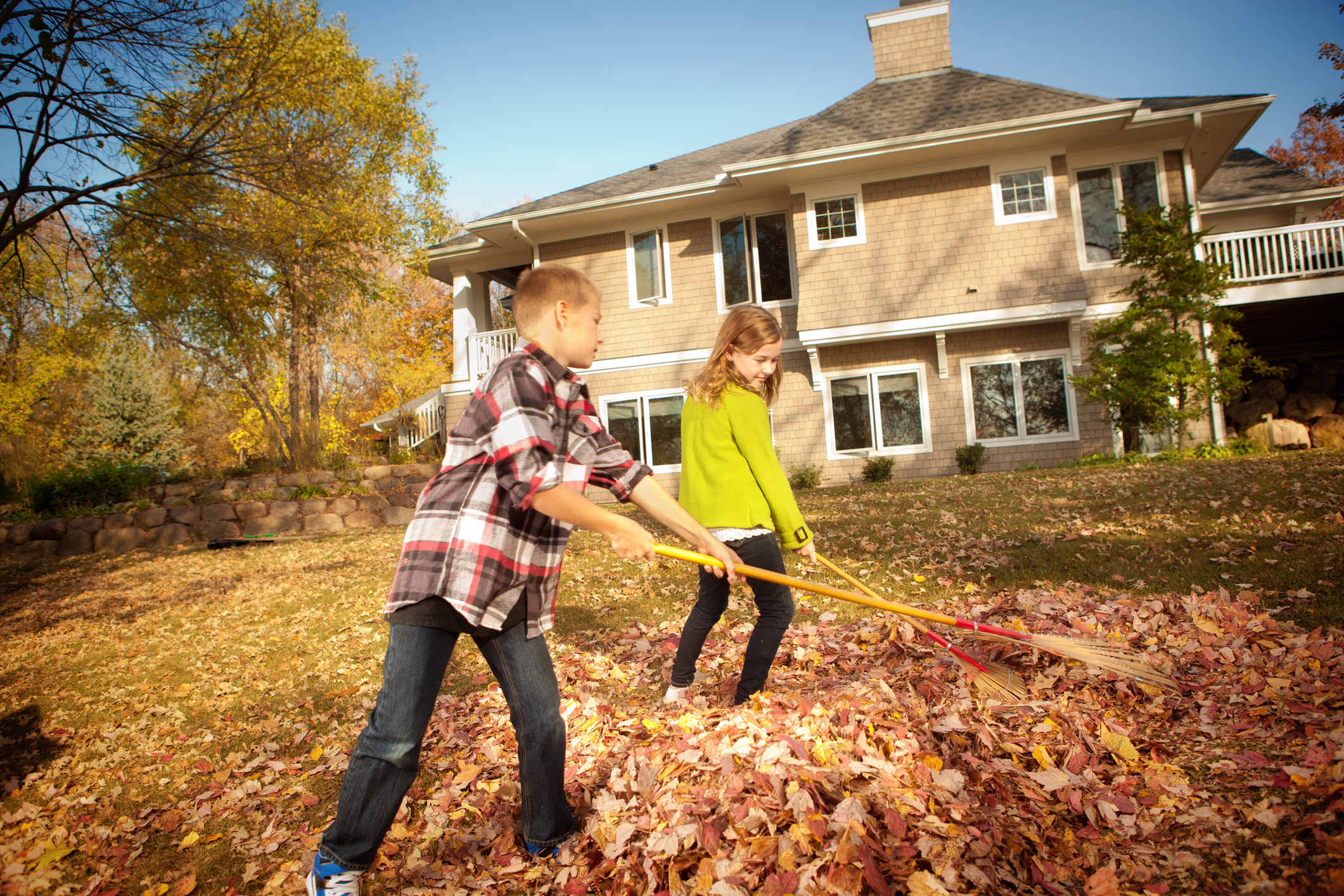How Much Does Replacing Your Roof Improve Energy Efficiency?

Americans spend about $40 billion annually to keep their homes warm in winter and cool in summer. That’s a lot, and it’s way more—at least 20 to 30 percent—than it needs to be.
A big part of our massive national climate bill boils down to one thing: our roofs aren’t cutting it.
Here are a few ways you can improve the energy efficiency of your home by replacing your roof with some slick, (and possibly PACE financing-eligible) green upgrades. By the way, if you're curious to see if your roof replacement is eligible for Ygrene PACE financing, click below to find out within just 5 minutes!
Why is Energy-Efficient Roofing Important?
So let’s dive right into the roof itself. A big question worth asking right off the bat is: why do so many people still have old-school roofs which are both unsightly and terrible when it comes to energy efficiency?
It may be a simple matter of out of sight, out of mind, or it could have something to do with people not knowing the cold, hard data on how important their roof is in making their home energy-efficient.

So we’ll start by laying down some truth bombs from the fascinating world of roof science:
- Your roof can insulate your home’s internal temperature from the outside world by up to 60 degrees Fahrenheit.
- Heating and cooling typically makes up around half of a home’s total home energy consumption costs.
Combine these facts, and the downsides of having a bad roof suddenly become glaringly apparent.
When it comes to replacing your roof with something more energy efficient, you have two broad options.
Roofing for Hot Climates
Cool roofing is designed to keep a house cooler. It achieves thermal miracles in two ways.
First, the roof itself is made of a heat-reflective material, often metal. This bounces heat away from your house before it gets a chance to mess with your comfort levels.
Secondly, the structure beneath the outer layer is made from low thermal emittance materials, which is just a fancy way of saying it functions a bit like an oven mitt. It prevents heat from passing through it.
Roofing for Cold Climates
If you live in a cold climate, the ideal green upgrade will work quite differently.
The goal here is to trap as much heat as possible in the house, while also setting your roof up to draw in as much heat as possible from outside.
We could enthrall you with copious cool facts about how this is done, but it boils down to a graceful dance of artful engineering, careful color choice, and tailored construction methods.
Typically, a cold-climate roof is going to be constructed from slate, asphalt, or shingles.
There’s even a product out there called “super shingles,” which may sound like a bad 90s band, but it happens to be amazing at keeping your house warm while withstanding impact and winds in excess of 120 miles per hour.
Oh, and there’s an added bonus to replacing your roof with green materials: these products are built to specifications which easily surpass standard roofing.
A green roof will last upwards of twenty years, making it a stellar investment.
Let’s Not Forget About Replacing Your Roof Insulation
The older your house, the less likely you are to have decent insulation in your roof. If your insulation dates back to pre-1990s, forget it. Your roof is probably filled with fancy squirrel nesting material.
Again, while it’s easy to forget about insulation because it’s out of sight, according to the U.S. Energy Star Program, it’s a pretty big deal.
Ready for more amazing roof facts?
- Energy Star estimates up to 90 percent of houses in the U.S. are either under-insulated or insulated with the incorrect materials.
- EPA studies on the impact of insulation on energy-efficiency estimate that replacing your roof insulation with a quality green product can lower an average home’s heating bill by 10 percent.
And that's not all. Replacing your roof insulation with a green upgrade also protects your home from fire, moisture damage, pests (take that, pesky varmint squirrels), and allergens.
Go With a Contractor You Can Trust
Replacing your roof isn’t a small upgrade. There’s a lot to performing a roof replacement, and much of the work is hard to personally inspect.
For a major project like this, you’ll want to work with a contractor you trust.
It’s a great idea to talk with a few contractors before settling on a final choice. Ask for a clear sense of what they plan to do. They should be more than willing to provide a free quote, along with examples of work they’ve done for other clients.
Ygrene is an excellent resource to help you find a contractor who knows their stuff.
Ygrene's independent network of roofing contractors are licensed, insured, and pre-screened. With a contractor from Ygrene's network, you can have peace of mind you’re working with someone who will do a top-quality job.
So there you have it. The take-home message here is clear: replacing your roof is one of the most energy-efficient upgrades you can do. And if you're ready to get your roof replaced, Ygrene can actually help you finance the project. Ygrene utilizes PACE financing, which requires no money down and is repaid through property taxes over the term of the financing agreement (anywhere from 5 to 30 years, depending on location). Want to see if you're eligible for Ygrene PACE financing? Click below to find out within just a few minutes!




